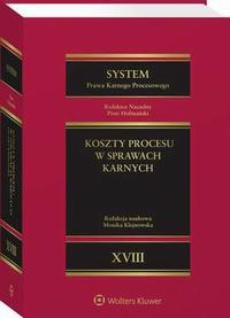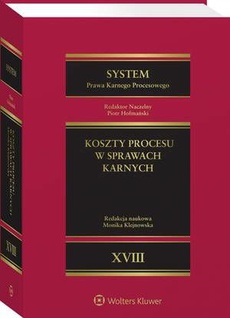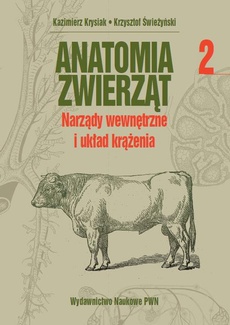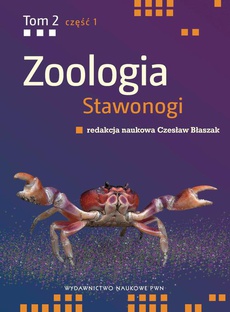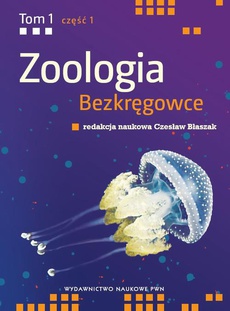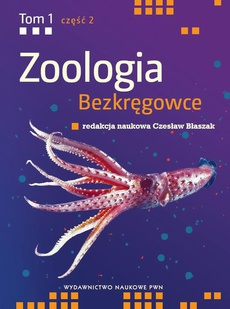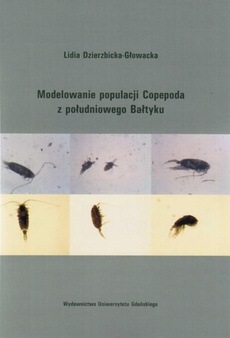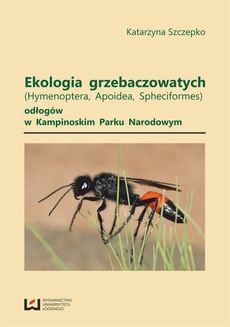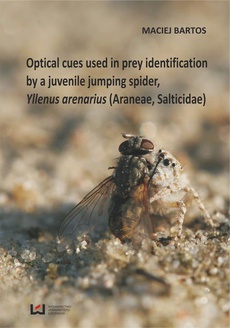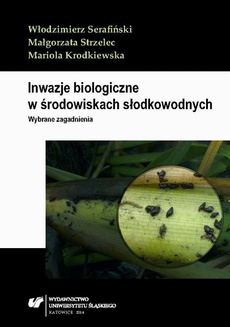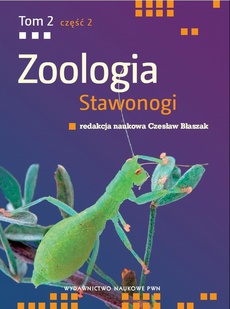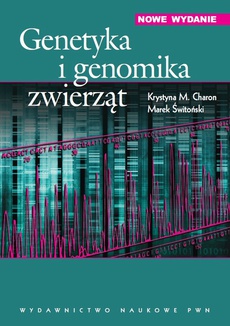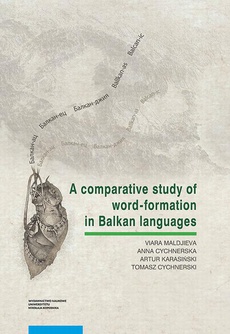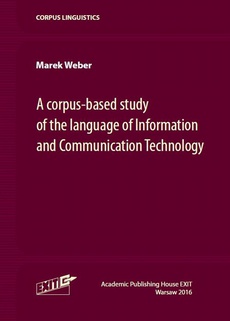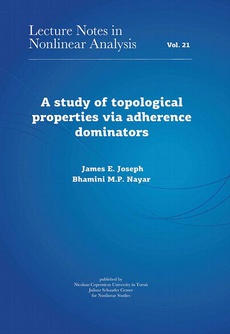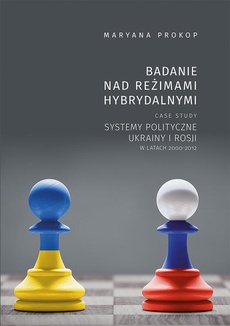INNE EBOOKI AUTORA
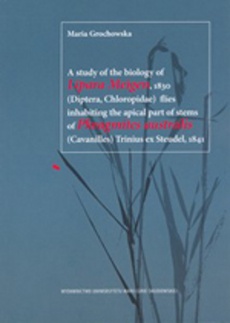
A study of the biology of Lipara Meigen 1830 flies inhabiting the apical part of stems of Phragmites australis Trinius ex Steudel 1841
Autor:
Format:
pdf, ibuk
W pracy opisano cykl życiowy wszystkich występujących w Polsce gatunków muchówek z rodzaju Lipara (L. lucens, L. similis, L. rufitarsis i L. pullitarsis). Opis każdego z nich zawiera szczegółowe informacje dotyczące wyboru miejsca na roślinie w okresie składania jaj, sposobu żerowania larw, rodzaju spożywanego pokarmu oraz budowy galasów. Etologia larw pierwszego i drugiego stadium, została po raz pierwszy opisana. Podano przyczyny opuszczania źdźbła wyłącznie przez jednego owada dorosłego. Wyjaśniono zjawisko występowania larw i poczwarek w galasach nietypowych dla własnego gatunku.
The book describes the life cycles of all species of Lipara flies (L. lucens, L. similis, L. rufitarsis and L. pullitarsis) occurring in Poland. The description of each species includes detailed information on the choice of locations for laying eggs on a reed stem, larval feeding behaviour, type of food consumed, and structure of galls. The etology of first- and second-instar larvae is presented for the first time. Explanation is given for the fact that only one adult Lipara individual leaves a stem. The causes underlying the occurrence of larvae and pupae in galls that are not typical of particular species are also explained.
| Rok wydania | 2012 |
|---|---|
| Liczba stron | 124 |
| Kategoria | Zoologia |
| Wydawca | Wydawnictwo Uniwersytetu Marii Curie-Skłodowskiej |
| ISBN-13 | 978-83-227-3305-9 |
| Język publikacji | angielski |
| Informacja o sprzedawcy | ePWN sp. z o.o. |
POLECAMY
Ciekawe propozycje
Spis treści
| 1. Introduction | 11 |
| 2. Materials and methods | 14 |
| 3. The host plant Phragmites australis (Cav.) Trin. ex Steud., 1841 | 27 |
| 4. The life cycle of Lipara Meigen, 1830 flies | 32 |
| 4.1 Egg-laying | 35 |
| 4.2 Larval etology and structure of galls | 49 |
| 4.2.1 First-instar larvae | 49 |
| 4.2.2 Second-instar larvae | 52 |
| 4.2.2.1 General characteristics | 52 |
| 4.2.2.2 L. lucens Meigen, 1830 | 57 |
| 4.2.2.3 L. similis Schiner, 1854 | 59 |
| 4.2.2.4 L. rufitarsis Loew, 1858 | 59 |
| 4.2.2.5 L. pullitarsis Doskočil & Chvála, 1971 | 60 |
| 4.2.3 Third-instar larvae | 60 |
| 4.2.3.1 General characteristics | 60 |
| 4.2.3.2 L. lucens | 62 |
| 4.2.3.3 L. similis | 65 |
| 4.2.3.4 L. rufitarsis | 68 |
| 4.2.3.5 L. pullitarsis | 70 |
| 4.2.4 Summary of findings | 71 |
| 4.3 Pupae, empty puparia and imagines | 72 |
| 5. The number of Lipara larvae in individual stems | 73 |
| 5.1 Two Lipara larvae | 73 |
| 5.2 More than two Lipara larvae | 78 |
| 5.3 Summary of findings | 80 |
| 6. Third-instar larvae, pupae and empty puparia in atypical galls | 84 |
| 6.1 L. rufitarsis in a lucens-type gall | 84 |
| 6.2 L. rufitarsis in a similis-type gall | 87 |
| 6.3 L. pullitarsis in a lucens-type gall | 89 |
| 6.4 L. pullitarsis in a similis-type gall | 89 |
| 7. Inquillines | 92 |
| 8. Analysis of results and discussion | 93 |
| 8.1 Life cycle | 93 |
| 8.2 Egg-laying | 94 |
| 8.3 Larval etology, gall structure | 97 |
| 8.4 Two or more Lipara larvae in one reed stem / Lipara species in non-typical galls | 105 |
| 8.5 Lipara as sympatric species | 107 |
| 8.6 Protection of common reed against herbivores | 108 |
| 8.7 The efficacy of the action of monophagous insect species on common reed stems as an opportunity for targeted management of common reed resources under integrated pest management program (IPM) | 110 |
| 9. Summary | 113 |
| 10. References | 115 |
| 11. List of tables | 121 |
| 12. List of figures | 123 |

